Nakayama is in between Narita And Haneda International Airport
<クッキーについての同意並び欧州居住者向けプライバシーポリシー>
中山・下総・散歩道
Shogyoji Temple ; The Side Story Of The Forty-Seven Ronin
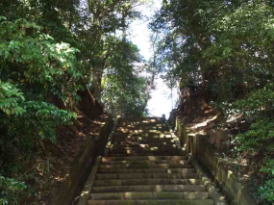
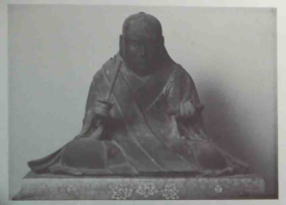
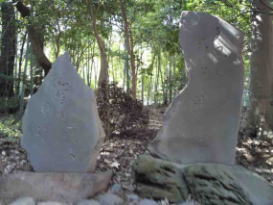
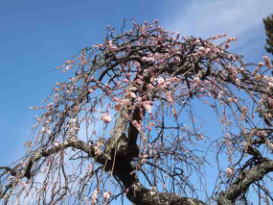
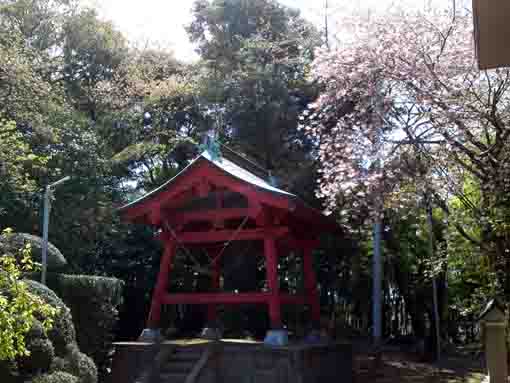
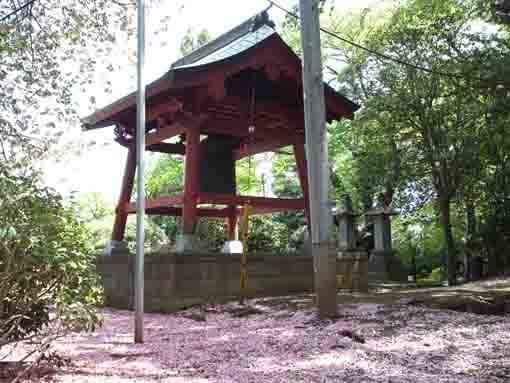
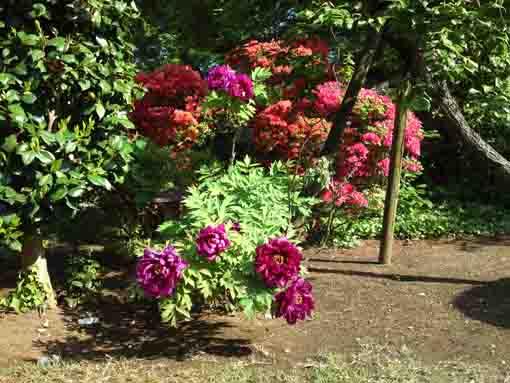
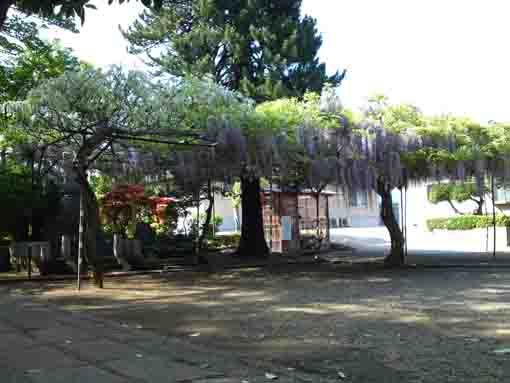
Walking along Kioroshi Highway to the north-east, and turning to the left after a few minutes passing through Funabashi Hoden Station, climbing up the stone steps, there opens the site of Kontosan Shogyoji Temple.
The small hill Shogyoji standing is covered with woods and the drooping cherry blossoms bloom over the main hall of the temple in spring.
Shogyoji Temple was built in Kamakura period by Sho Ami, a Buddhist monk praying to Amitabha, lately became a devout believer in Nichiren, the founder of Nichiren Sect actively having worked his mission in the period, Sho Ami changed his name Shudaibo Nichisho. The former head temple of Shogyoji Temple is Nakayama Hokekyoji Temple. And Nichisho was the first monk beating drums while chanting 'Nan-myo-ho-ren-ge-kyo' as the title of the Lotus Sutra in Japanese, then Shogyoji is also named 'the scared place of the drums'. Shogyoji Temple also dedicates the wooden statue of Nichiren carved by his disciple Nippo, registered as the cultural asset by Ichikawa City.
Moreover Shogyoji Temple is related to the story of Chushingura or Ako Roshi (The Forty-Seven Ronins). Yosobei Kajikawa who stopped Naganori Asano attacking to Yoshinaka Kira with his sord at Matsu no roka corrido in Edojo Castle managed Kashiwai-cho where Shogyoji Temple stood, then Shogyji Temple saved Yosobei's Kamishimo Jacket (a ceremonial clothing for samurai) and his grandparents' tombs.
There are two stones with haikus written by Oto Takeda and Sansetsu inscribed on, the 'nyonin (woman) zuka mound dedicated the spirit of a woman and the tombstone 'myo ko ho ko rei shin' inscribed on dedicated the spirits of a couple of raccoon dogs.
In spring, cherry blossoms and wisteria flowers beautifully bloom in the temple. Why don't you visit Kontosan Shogyoji?
Shogyoji Temple And The Seated Statue Of Nichiren
The area around Shogyoji Temple now standing was called 'Imashimada' when it was built in Kencho 6th (1254) by the Sho Ami, a Buddhist monk praying to Amitabha, became a devout believer in Nichiren and his disciple, lately Nichiren named him Shudaibo Nissho. This is said to be the origin of Kontosan Shogyoji Temple. Nissho got Nichren's approval to beat a drum while chanting Daimoku Shogyo 'Nan-myo-ho-ren-ge-kyo' as the title of the Lotus Sutra in Japanese instead of thrwoing his bell and drum away, it was the first time to use the drum, then Shogyoji Temple is called 'the scared place of the drums' and there remains 'The Mound Of His Bell And Drum' in the site of the temple.Besides the statue of the Founder Nichiren in Shogyoji Temple was made by Nippo, one of Nichiren's disciple. Its figure is general Nichiren's image taking shoulder-worn robe with the scroll of Lotus Sutras on his left hand and a scepter on his right. Its height is 38 cm tall, the width of its shoulders is 24 cm, and the width of the bottom is 45 cm long. The statue was constructed by assembling pieces of wood with crystal eyes, so it was carved very simple but it was very lifelike portrait sculpture. In September 18th of 1961, this statue of The Founder Nichiren is registered as the tangible cultural property of Ichikawa City and entitled 'The Seated Statue Of Nichiren'. This sculpture had reconstructed 4 times as in 1499, 1690, 1941 and 1994.
By the way, Kashiwai where Shogyoji standing was the estate of Yosobei Kajikawa famous in Chushingura or Ako Roshi (The Forty-Seven Ronins) by 1700. There is his grandparents' mound in the site, and Shogyoji Temple preserves his mementoes.
平成5年3月 市川市教育委員会
唱行寺門前案内板より
The Seated Statue Of Nichiren Registered As The Cultural Property
The Seated Statue Of Nichiren
The Seated Statue of the Founder Nichiren in Shogyoji Temple was made by Nippo, one of Nichiren's disciple. Its figure is general Nichiren's image taking shoulder-worn robe with the scroll of Lotus Sutras on his left hand and a scepter on his right. Its height is 38 cm tall, the width of its shoulders is 24 cm, and the width of the bottom is 45 cm long. The statue was constructed by assembling pieces of wood with crystal eyes, so it was carved very simple but it was very lifelike portrait sculpture. The head and the body could be carved separately and the both hands and the scepter were made when the statue were repairing in Showa era.Though the years of production are unknown, the statue stores fixed parts with the age 'Meio 8th' (1499) with sumi writing. It might be made before Muromachi period, and also it was carved by Nippo one of Nichiren's disciple. The Seated Statue Of Nichiren is preserved in Ikegami Honmonji in Tokyo was also carved by Nippo with signature of him and the age Sho-ou 1st (1228). The sculpture in Shogyoji Temple was adopted similar method to Honmonji 's lifelike portrait one.
The writing in Meio 8th is below;
Nichiji of the chief priest of Shogyoji Temple
It was repaired from November 7th of Meio 8th of the snake year.
Keeping Buddhism forever and spreading throughout world.
There are the letter on the fixing board written Eiroku 3rd(1690), old hands, wrists and scepter kept in the body of the sculpture.
市川市ホームページ
Shogyoji Temple And The Side Story Of The Forty-Seven Ronin
In March 14th of Genroku 14th (1701), Naganori Asano, Takumi no Kami, attacked at Yoshinaka Kira Kozuke no suke, the leading person of the highly historic families in Tokugawa Shogunate, with his sword at the Matsu no roka corridor (a corridor surrounded pictures of pine trees) in Edojo Castle. However Takumi no Kami couldn't kill Kozuke no suke since Yosobei Kajikawa stopped Takumi no Kami to fight against Kozuke no Suke. Yosobei had his estate in land Kashiwai where Shogyoji Temple stands, and he was the patron of the temple.Now the result of the incident of bloodshed at Edojo Castle, Asano Takumi no Kami was sentenced to death so he had to kill himself with his sword (seppuku) as he had violated the law that nobody could draw his sword in Edojo Castle, so it had forbidden by the law. On the other hand, Kira, Kozuke no Suke, acquitted as he had not drew the sword. And also Yosobei Kajikawa received rewards (gained some estate) as he had kept the law at the incident.
Later, the Forty-Seven Ronins succeeded their revenge on their master's enemy, Kira Kozuke no Suke at the raid into his mansion, but they were also sentenced to death by seppuku as the revenge was banned. However people living in Edo were impressed much sympathy then they praised them as heroes. On the contrary, Kira Kozuke no Suke and Yosobei Kajikawa could be the evil fellows. Specially, Yosobei would be treated as if he had been to blame as it might be that he had gained much reward. Finally, Yosobei's grandson threw out their family status of samurai and their estates including the land in Kashiwai.
What an unlucky by-blow!
Shogyji Temple saved Yosobei's Kamishimo Jacket (a ceremonial clothing for samurai) and his grandparents' tombs. In addition, the stone steps of the temple has a legend associated to Chushingura or Ako Roshi (The Forty-Seven Ronins).
Behind the cheerfully dramatic story of it, there are some tragedies in Sogyoji Temple at Kashiwai now.
参考
市川市ホームページ
唱行寺門前の案内板
市川よみうり(2005年12月9日・2014年12月12日)
ウィッキペディア
The Cherry Blossoms in Shogyoji
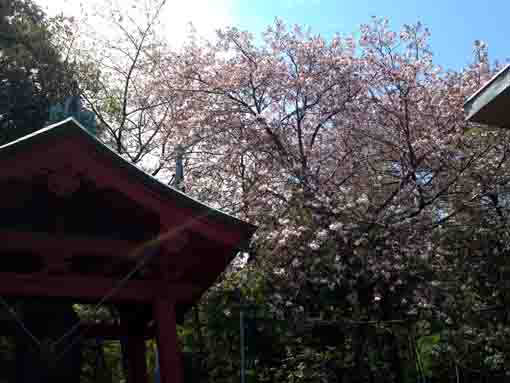

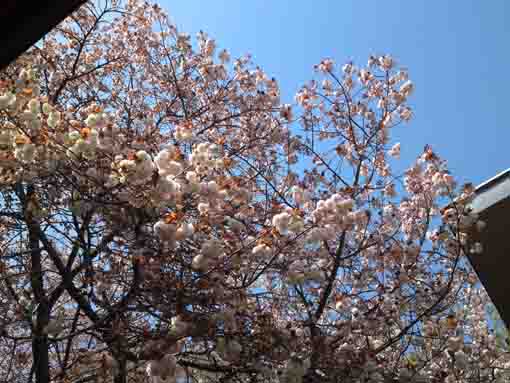
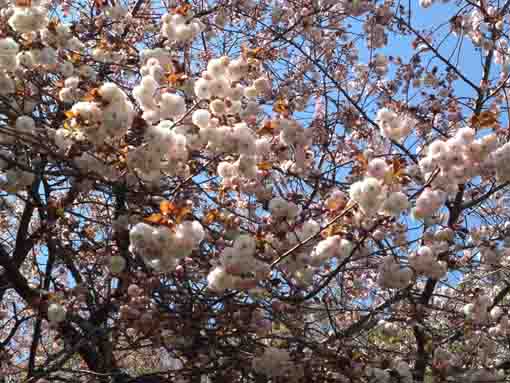
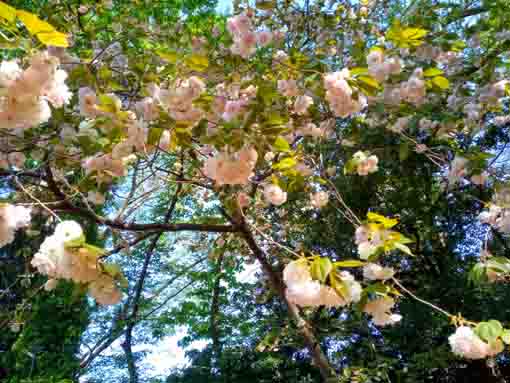
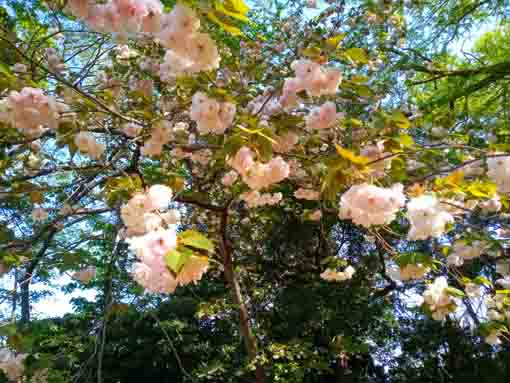

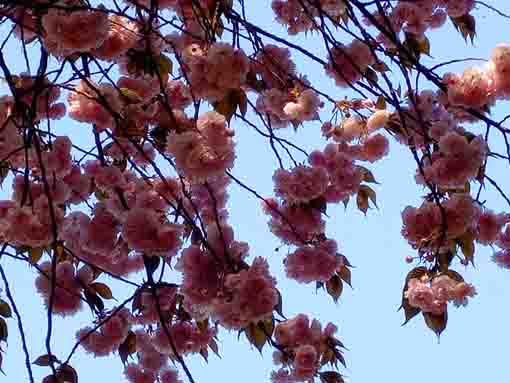
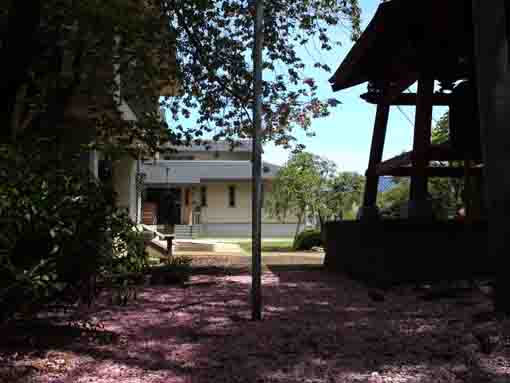
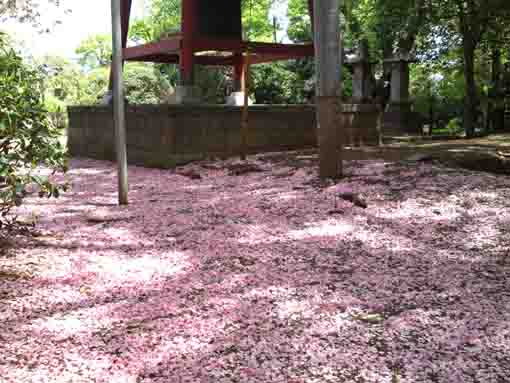
The Beautiful Cherry Blossoms in Kontosan Shogyoji
The cherry blossoms blooming in Shogyoji look like roses, so they are called 'Botan Sakura (Peony Sakura)' in Japan. The flowers are of course beautiful but also it excitingly beautiful that the petals are scattered on the ground like a pink carpet.The Beautiful Wisterias Blooming In Shogyoji Temple
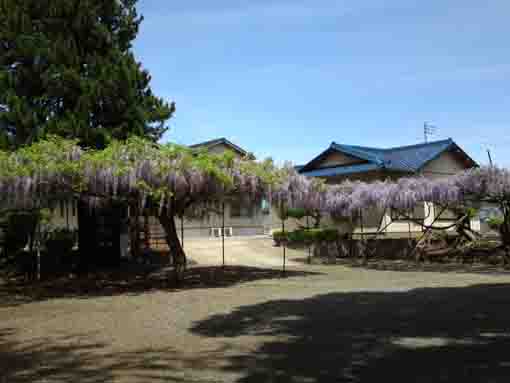
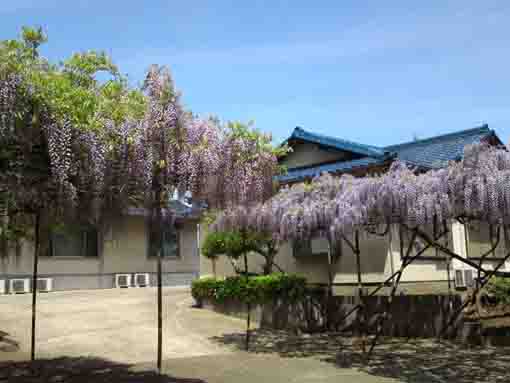

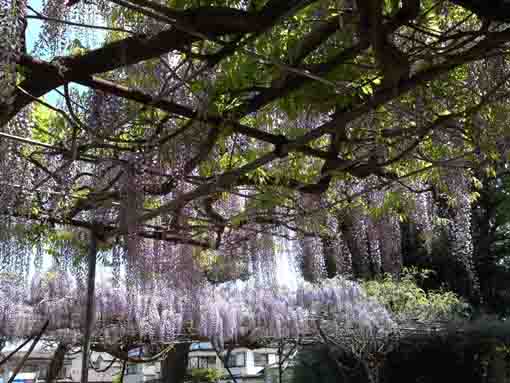

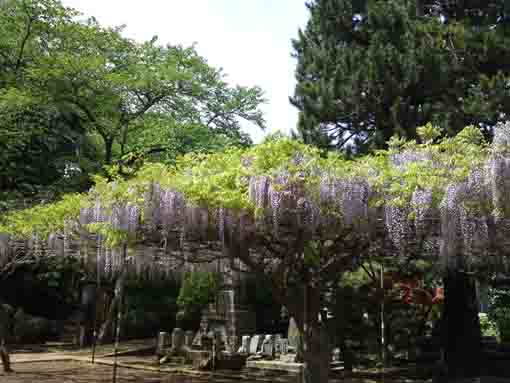
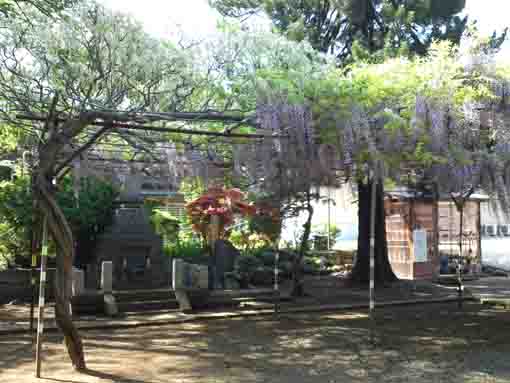
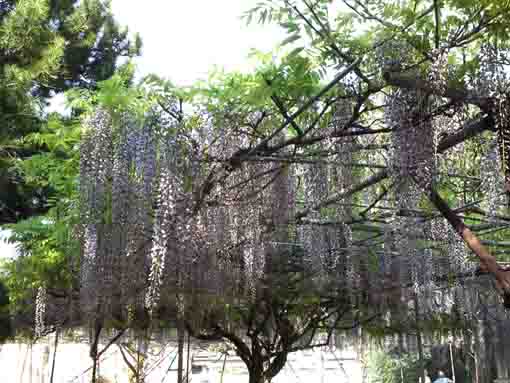
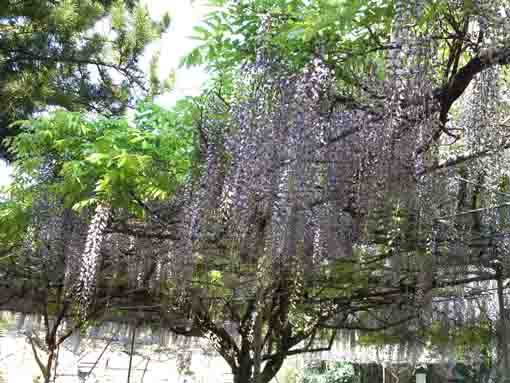
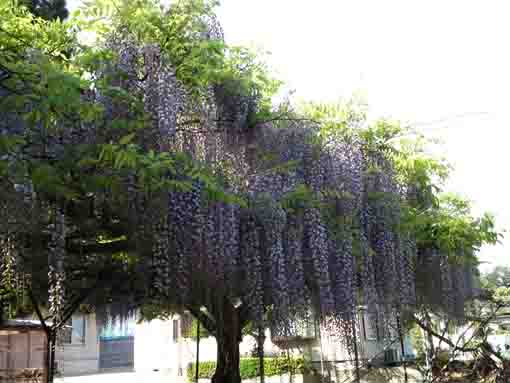
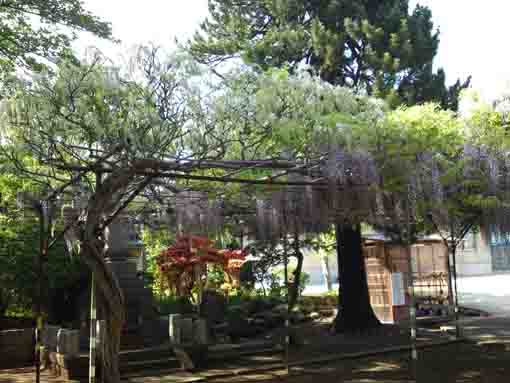
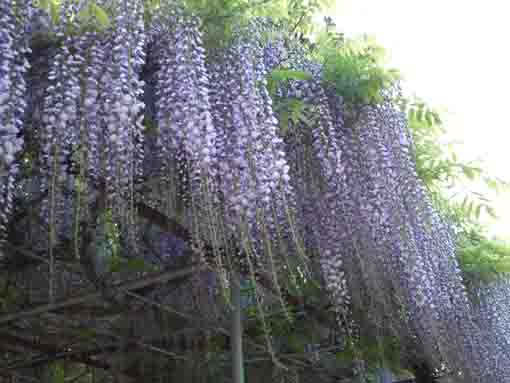
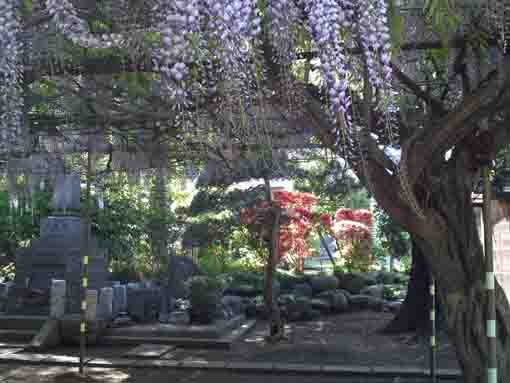
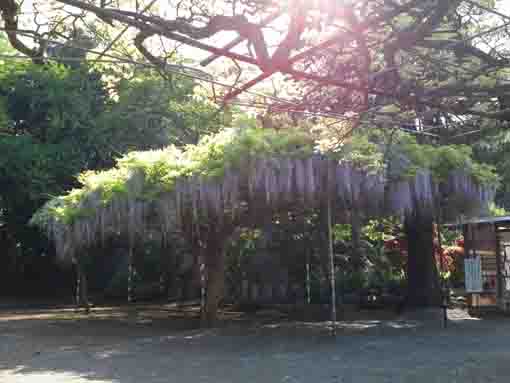
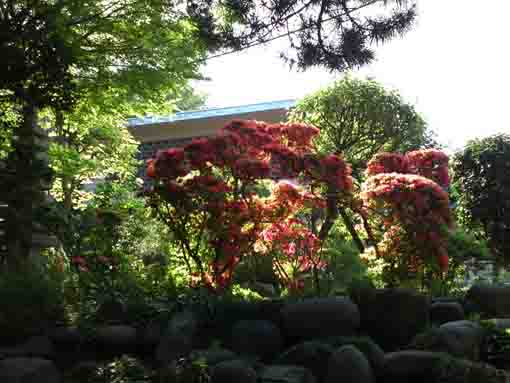
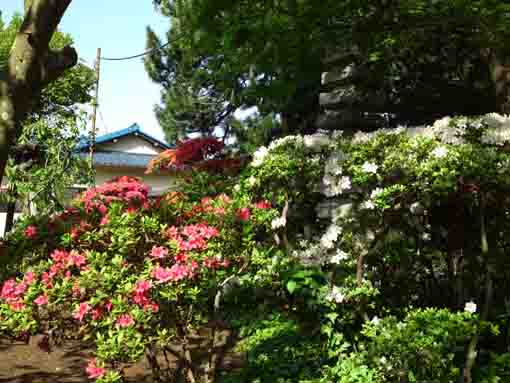
The Beautiful Wisteria Spot of Kontosan Shogyoji Temple
Climbing on the top of the stone steps of Kontosan Shogyoji Temple, there is a large wisteria trellis in the open space in front of the main hall. Shogyoji Temple is one of the best viewing spots of wisteria flowers in Ichikawa city. Early summer, violet and white flowers bloom on the trellis and visitors could enjoy seeing them. Behind the trellis, many azaleas and peonies bloom in the garden in front of the main hall.The Location and Access to Kontosan Shogyoji Temple
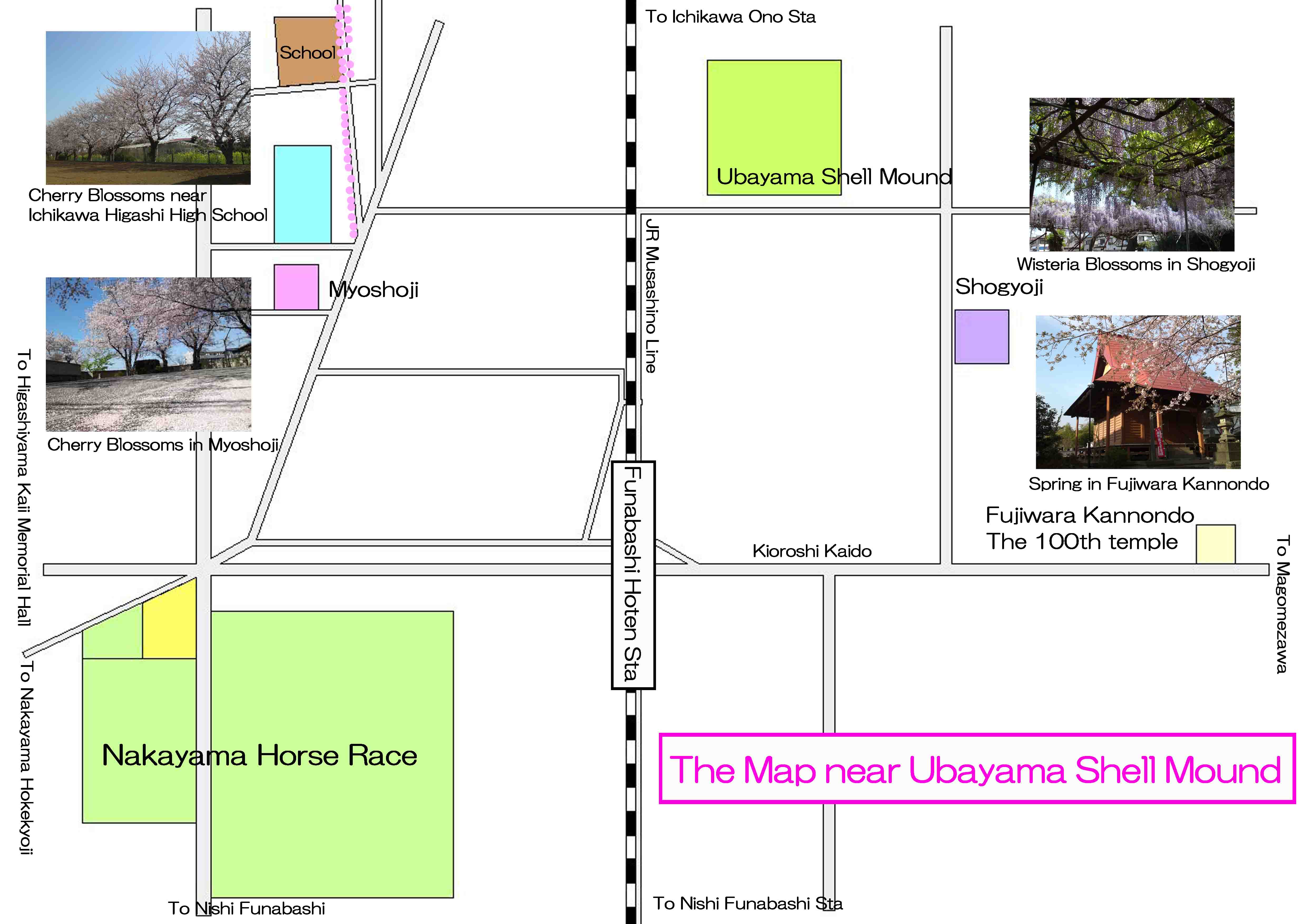
The map of the noted spots near Ubayama Shell Mound
PDF of the map of the landmarks near Ubayama Shell MoundKontoshan Shogyji Temple
- Shogyji Temple has a great accessibility from both Narita and Haneda International Airport.
- From Narita International Airport, take JR Sobu-express line, transfer the line at Nishi-funabashi to Musashino Line bound to Fuchuhoncho or Higashi Tokorozawa, get off Funabashi Hoten Sta. And also take Hokuso Line, transfer the line at Higashimatsudo to Musashino Lline, get off Funabashi Hoten Sta. It takes minimally 50 minutes from Narita Airport.
- From Haneda International Airport, take Keikyu-line bound to Narita, transfer the line at Takasago Sta to Hokuso Line, and transfer the line at Higashi Matsudo Sta to Musashino Line, get off Funabashi Hoten Sta. It takes almost 1 hour from Haneda Airport.
- From Tokyo Sta, take Musashino Line bound to Fuchuhoncho or Higashi Tokorozawa, get off Hunabashi Hoten Sta. It takes about 25 minutes from Tokyo Sta.
- From Akihabara Sta, take Sobu line bound to Chiba, Tsudanuma or Nishi Funabashi, Ttransfer the line at Nishi Funabashi to Musashino Line bound to Fuchu Honcho or Higashi Tokorozawa, get off Funabashi Hoten Sta.
- Take 10 minute walk from Funabashi Hoten Sta.
- 1-1696 Kashiwai-cho, Ichikawa-shi, Chiba-ken
The Landmarks Neighbor Of Shogyoji Temple
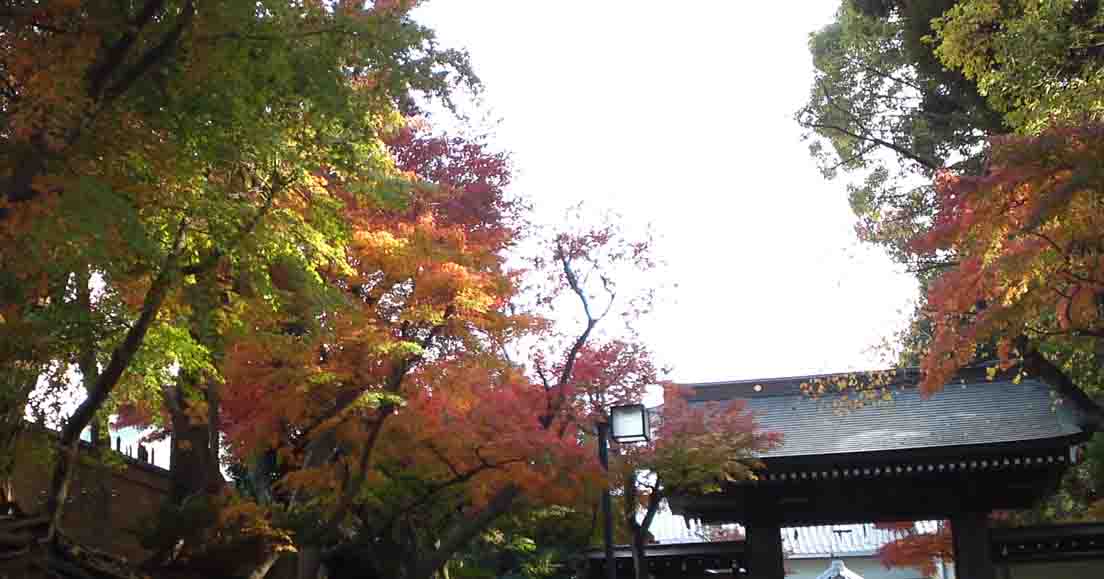
Tacchue Temples and the Branch Temples in Nakayama Hokekyoji
Some of the tacchu temples are introduced in this page.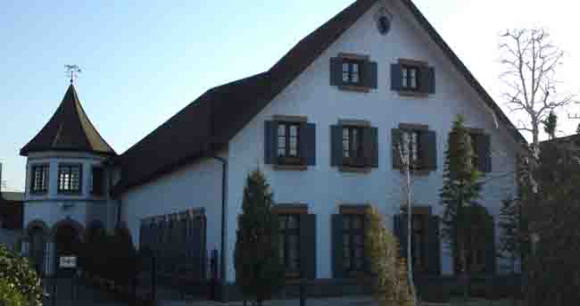
Higashiyama Kaii Memorial Hall
This small gallary has wonderful works of the great painter Kaii Higashiyama lived in Nakayama.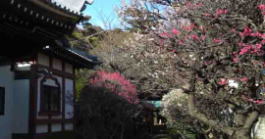
Nakayama Oku-no-in
Nichiren had preached first time at the Oku-no-in. Later, Jonin Toki built a temple named 'Hokke-ji'. There are several ume trees blooming beautiful ume blossoms in spring silently.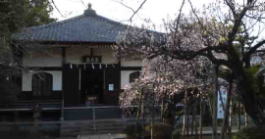
Onju-in Temple
Onjuin Temple is famous for the temple to deliver the Nichiren Sect's traditional style of ascetic practices. Tokugawa, Maeda and many people faithfully has believed for ages.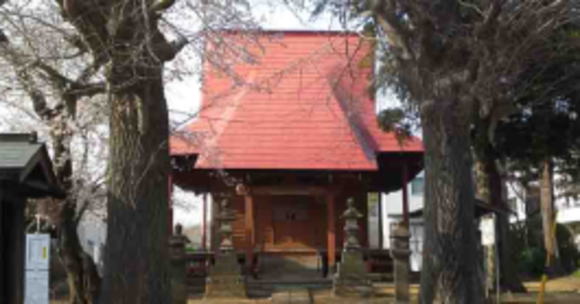
Fujiwara Kannondo Hall
Fujiwara Kannondo Hall has the legend of the great swordsman Mushashi Miyamoto, sometimes it was his hideaway.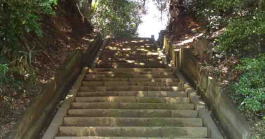
Shogyoji Temple
It preserves the seated statue of Nichiren and Yosobei Kajikawa's mementoes. It also has the side story of The Forty-Seven Ronins.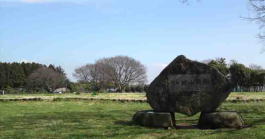
Ubayama Shell Mound
This shell mound designated as the National Historic Site and was formed from middle to late Jomon period.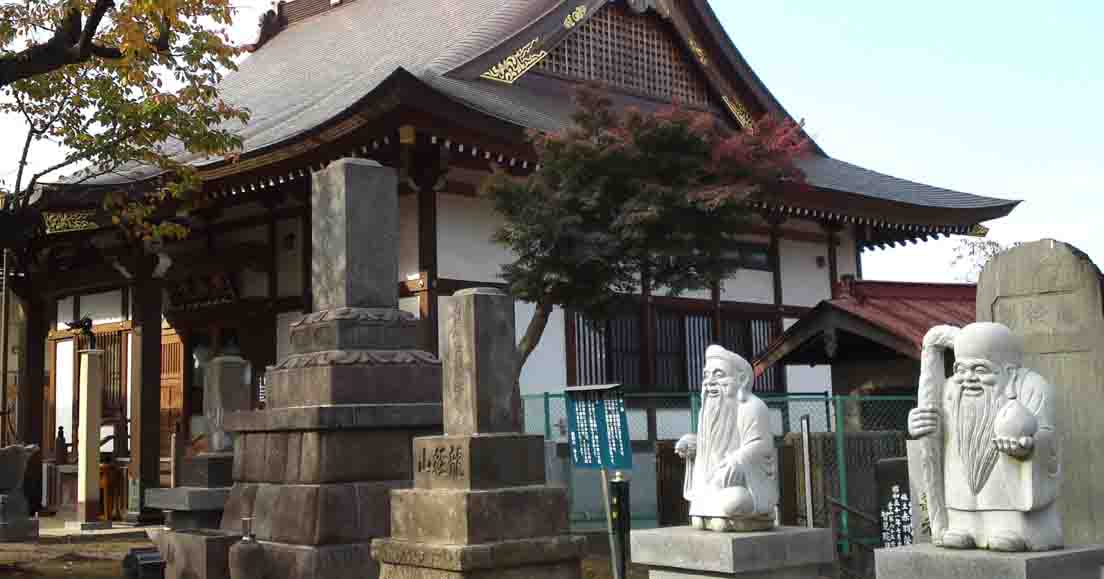
Ryukyosan Myoshoji Temple
The sacred temple covered with holy cherry trees is famous for the legend of Seven Sutra Mound and Shichifukujin in Ichikawa.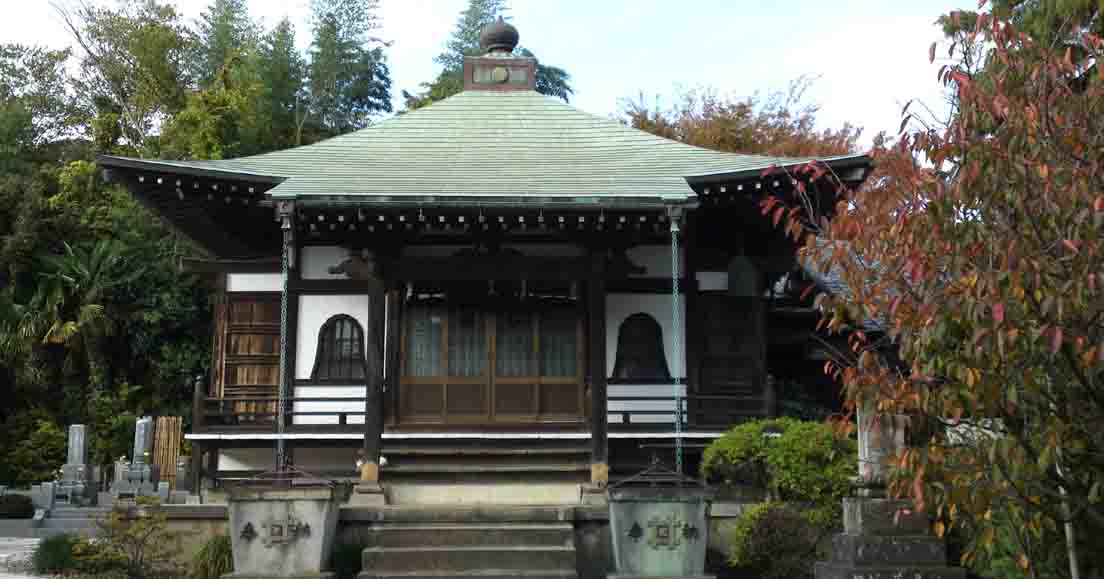
Homensan Anrakuji Temple
The first nunnery of Nichiren Sect built by the Princess Tokiwai, the legend said ther daughter of the Emperor drifted to Ichikawa.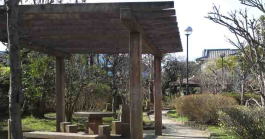
Seikaen Garden
A peaceful place to rest on the way to Nakayama Hokekyoji Temple is Seikaen. It has the branch office of the city hall.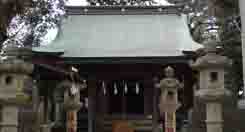
Awa Jinja Shrine
It has the legend of the young samurai Hirotsugu Satomi.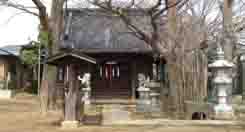
Takaishigami Jinja Shrine
The shrine related to the battles of Konodai in Sengoku Period.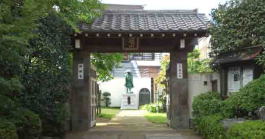
Shinmeisha Shrine and Shinmeiji Temple
They have their long history and the legend of Oguri Hangan.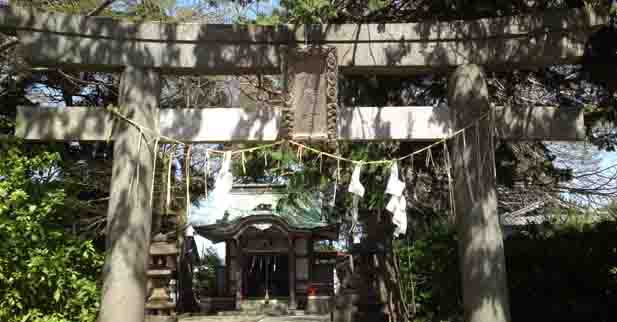
Wakamiya Hachimangu Shrine
A small shrine relates to the Founder Nichiren, Nichijo and the Prince Yamato Takeru.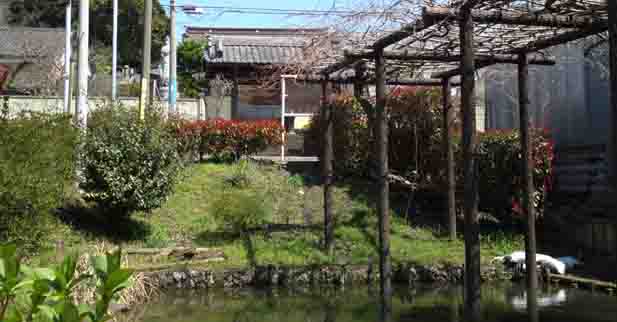
Tamonin Temple and the Futago Fuji Pond
They are related to the Founder Nichiren.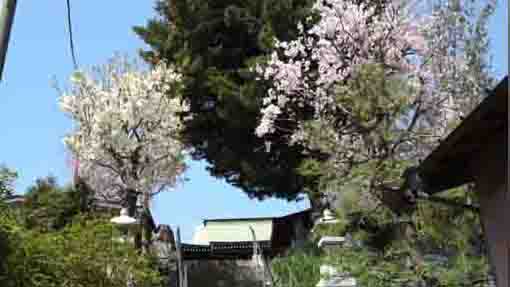
Myoken Jinja Shrine in Terauchi
This shrine is the guardian deity of this town and Kafu Nagai, a famous writer, had visited.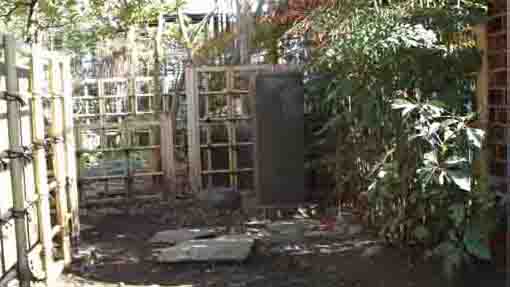
Kazura no I well in Katsushika
A well became famous as Kafu Nagai introduced in his essay.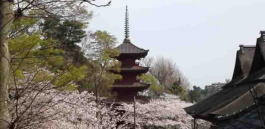
Nakayama Hokekyoji Temple
Visitors could enjoy seeing cherry blossoms and cultural properties.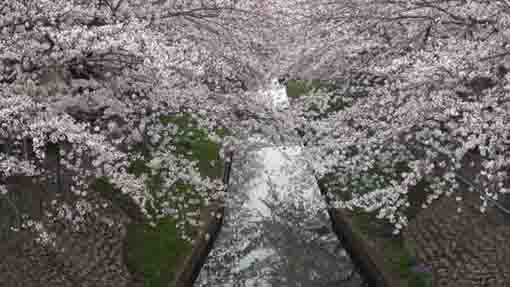
Cherry trees along Mamagawa River
The Mama-gawa River is the very famous spot to enjoy seeing the blooming Cherry Blossoms.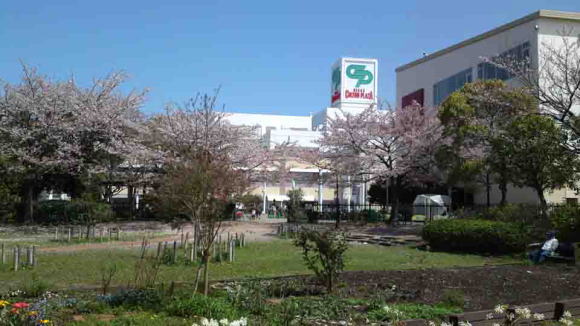
The Area Around Nikke Colton Plaza
Nikke Colton Plaza and some landmarks around are attractive and exciting to walk on.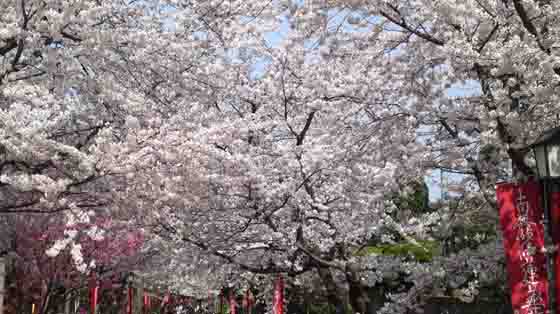
The Popular Viewing Sakura Spot / Nakayama Hokekyoji Temple
It is very popular viewing sakura spot and thousands of people visit and enjoy seeing sakura.- 広告 Advertisement -
